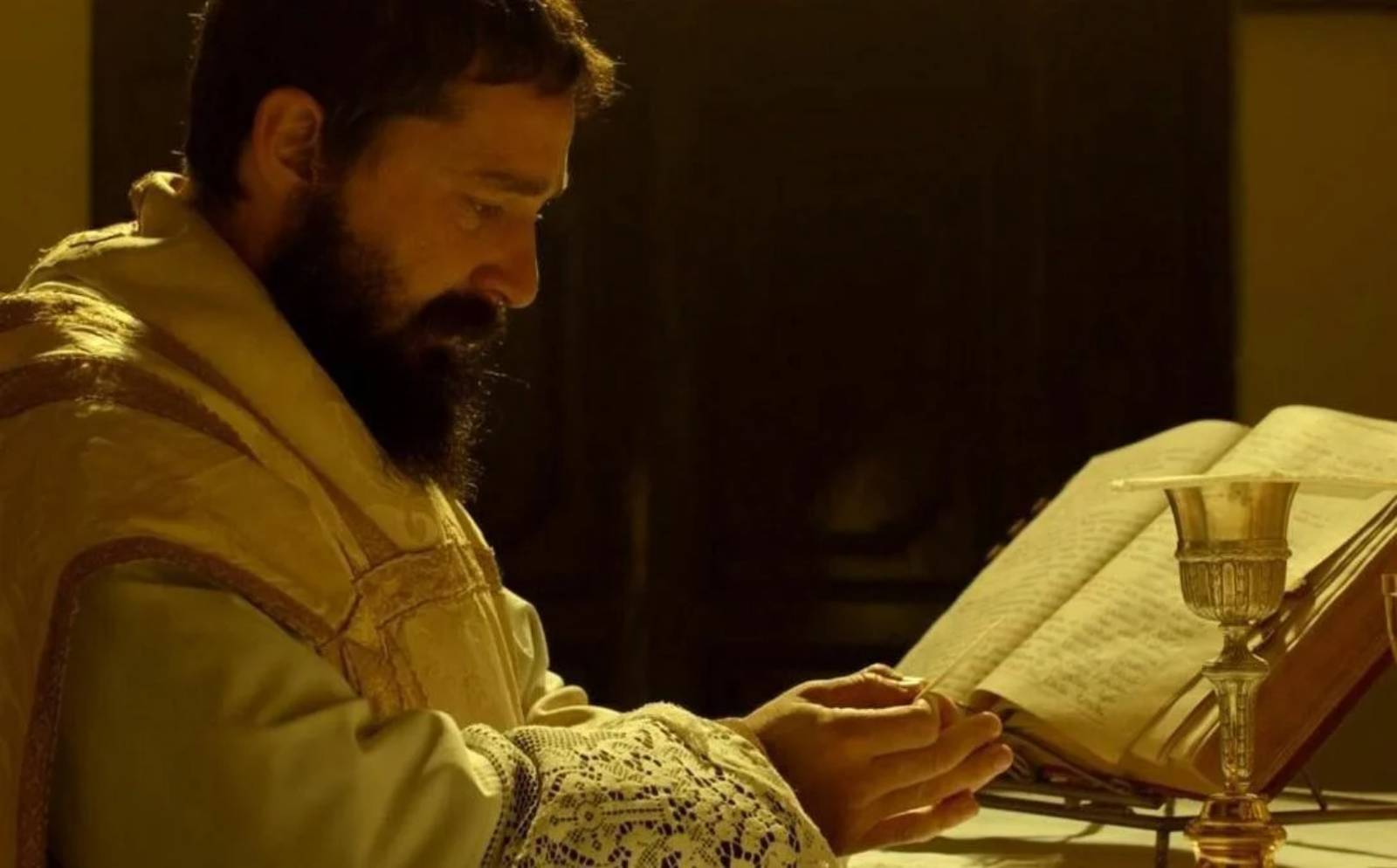Something has happened in Abel Ferrara’s working life that aligns him with Stanley Kubrick’s later career journey. The latter shot all his features from 2001 onwards in the UK and eventually settled there—thus he came to be seen as an authentic “British” filmmaker. Their casts are festooned with British faces and British accents; the streets of London famously masquerade as New York City’s very own in Eyes Wide Shut. They feel as utterly British as dry irony and shortbread biscuits—seriously, have you rewatched Clockwork or Barry Lyndon recently?
Previously considered a grotty New York poet laureate, Ferrara now permanently resides in Rome, and the sense of him as an American lying low (and sobering up) in the land of his roots is pleasingly ebbing away. This shines chiefly in the set-up of his latest feature, Padre Pio, which has just premiered in Venice’s Giornate section. The Franciscan Capuchin friar of vast 20th-century domestic fame would be obscure to many general knowledge specialists globally, but in Italy he’s an ever-fashionable icon of resistance comparable to Che Guevara—you supposedly see him in street art, taxi drivers’ sun visors, and tattoos.
So whilst the phrase “Abel Ferrara’s Pasolini” gives equal, fascinating weight to both creator and subject, it’s really Pio who holds most resonance for much of this film’s likely audience. And maybe that even extends to the spectacle of Shia LaBeouf’s casting as him, where news of his abuse accusations haven’t received the same exposure as in the U.S. and U.K.
Here’s a British turn of phrase for you: what a truly odd duck this film is. It’s three-quarters an earnest political drama not far in tone from Peterloo, and the remainder a trippy Catholic “head” movie composed of Pio’s mad-eyed scowls, mumbling voice-over, and gorgeously lensed demonic visions. And pleasingly, it’s 100% Abel in all that his small but loyal band of admirers can cherish.
The film is grounded in the reality of Italian life shortly after World War I, as socialist ideas gained currency amid calls for a transformation of society and the populace imagined a better way of life following their army’s traumatic return from the battlefield. The town of San Giovanni Rotondo, located in the country’s southeast, is conceived by Ferrara and first-billed co-screenwriter Maurizio Braucci (who appositely worked on Martin Eden) as a microcosm of this societal shift, where the ruling class harass their charges and dispute the results of a key national election in an apt parallel to Trumpian America.
It’s perplexing, but rewardingly so, comprehending what on earth Pio really has to do with this. I share other early viewers’ bemusement with this film for sidelining the titular mystic’s character arc, and the arbitrariness of how his intriguing close-up moments interact with the main narrative. But this is a purposeful obliqueness because Pio can creditably represent Italy’s Catholic nature as the country undertook secular international conflicts, reminding it of its guilt towards and penance owed to the “Lord,” and the guarantee of redemption.
And in the context of cancel culture, what better rejoinder to the annihilating disappearing act of a “cancellation” than the notion of forgiveness—although we can well be rightly uncomfortable watching LaBeouf here after all he’s been accused of. In an excellent scene late in the film, Asia Argento shows up as a troubled parent seeking absolution for harboring incestuous thoughts about their son. Here, for the first time and at a critical juncture, are we hit with bolt-like interpretive clarity in a film so teasingly elusive: two flawed sinners bathed in a beaming shard of light.
Padre Pio premiered at the Venice Film Festival.

